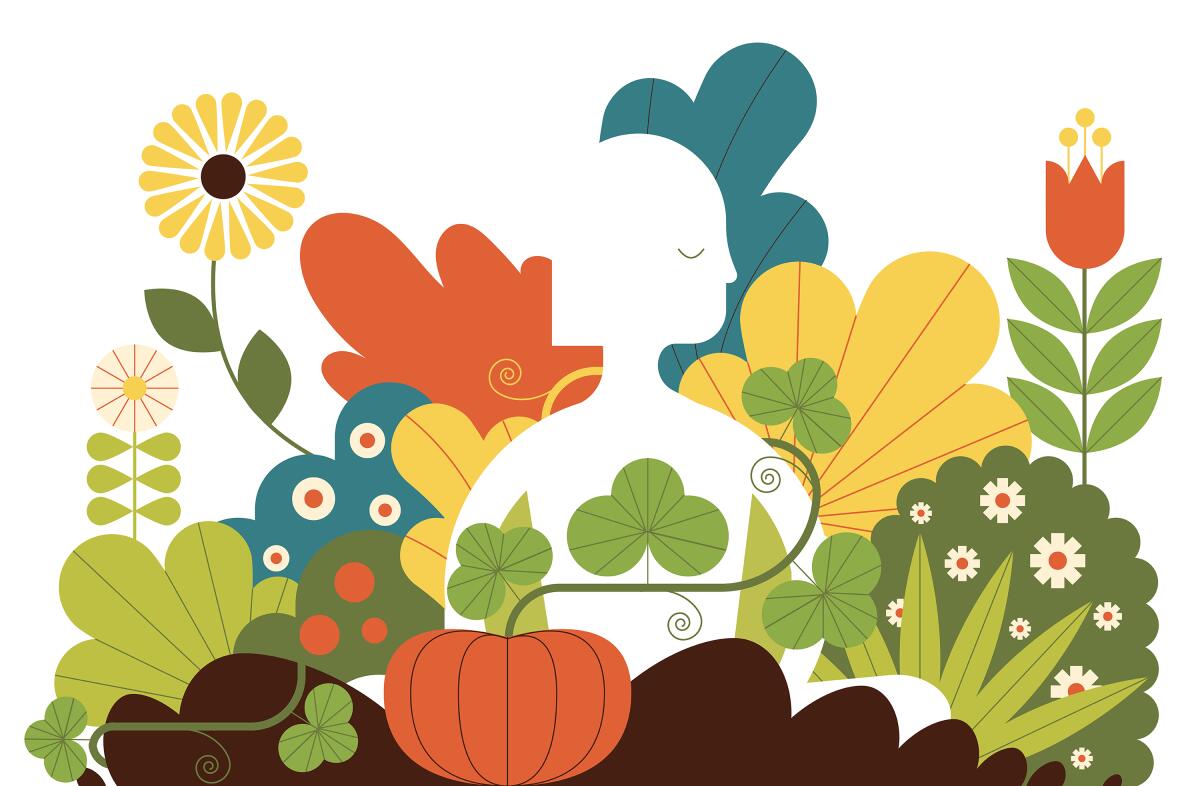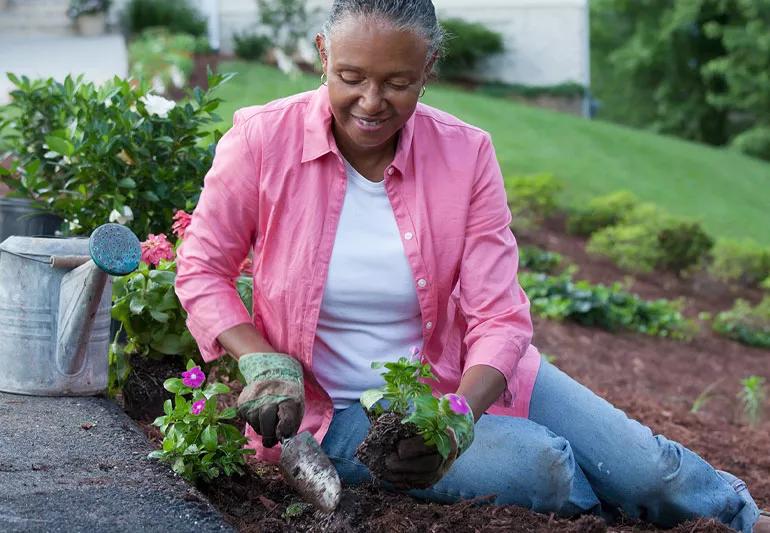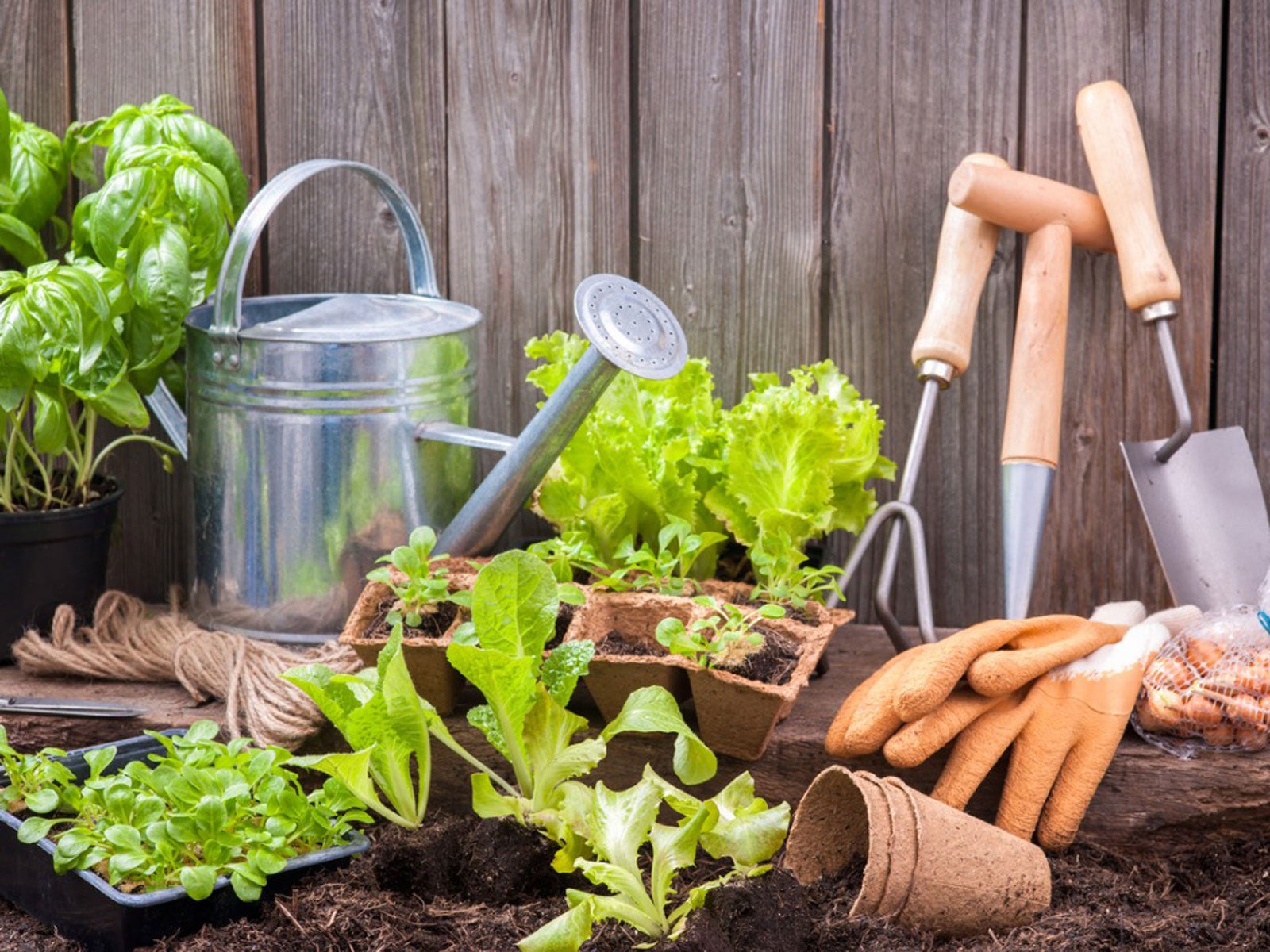Gardening Tips for Captivating Pollinators and Enhancing Biodiversity
Gardening Tips for Captivating Pollinators and Enhancing Biodiversity
Blog Article
Expert Gardening Tips for Producing a Lasting and Eco-Friendly Garden
Starting the trip to create a environment-friendly and lasting garden entails a series of calculated options and practices that not only improve the beauty of your room yet additionally contribute positively to the setting. By selecting native plants that are fit to your area, you can reduce reliance on chemical plant foods and pesticides while providing crucial support to regional wild animals. In addition, including water preservation strategies and natural gardening approaches plays a crucial duty in preserving a healthy ecosystem. To discover more experienced understandings and useful approaches, let us discover the crucial elements that specify an ecologically conscious yard.
Choose Indigenous Plants
Picking native plants for your garden is a basic step toward accomplishing sustainability. Indigenous plants are inherently adapted to the neighborhood climate and dirt problems, making them much more resilient to local parasites and conditions. This reduces the demand for chemical pesticides and plant foods, hence lessening environmental influence. Furthermore, indigenous plants commonly require less water when established, adding to much more efficient water use.
Beyond their useful benefits, indigenous plants play an important function in sustaining regional biodiversity. They provide important habitat and food sources for indigenous wild animals, consisting of pollinators such as butterflies, birds, and bees. This cultivates a well balanced ecological community, which is essential for the wellness of your garden and the surrounding environment.

Implement Water Preservation
Executing water preservation strategies is vital for keeping a sustainable garden. Effective water use not only reduces the ecological impact however additionally makes certain that plants obtain sufficient hydration without wastefulness. One efficient approach is to use drip irrigation systems, which supply water straight to the plant origins, lowering dissipation and drainage. This targeted strategy can considerably reduce water usage compared to standard lawn sprinklers.
On top of that, mulching is a valuable method for saving water. By applying a layer of organic mulch, such as timber chips or straw, around the base of plants, garden enthusiasts can decrease dirt dissipation and keep regular dampness degrees. Compost additionally aids manage dirt temperature level and reduces weed development, further adding to plant health and wellness.
Rain harvesting is an additional lasting approach. Installing rain barrels or other collection systems allows gardeners to record and save rain, which can later on be used during dry periods. This not only conserves local water but additionally offers a natural, chemical-free source for watering.
Last but not least, selecting drought-tolerant plant varieties can considerably minimize water needs. These plants are adapted to prosper in low-water problems, making them excellent for eco-friendly yards. gardening tips. Implementing these water preservation approaches will certainly promote a resilient, sustainable garden
Usage Organic Gardening Approaches

Pest administration in a natural yard depends on integrated insect administration (IPM) approaches. These include encouraging useful pests, making use of natural predators like ladybugs and lacewings, and carrying out plant turning to interfere with pest life cycles. Companion planting, where certain plants are expanded with each other to fend off bugs or bring in beneficial insects, is one more reliable technique.
Weed control is handled through mulching and hand-operated removal, rather than counting on herbicides. Compost not just reduces weeds but also conserves dampness and enhances soil health as it damages down. Organic composts, such as straw, wood chips, and leaves, are particularly advantageous.
Create Wild Animals Environments
Developing wild animals habitats within your garden not just boosts biodiversity however also supports the environment's equilibrium. By creating areas that draw in and sustain local fauna, you can produce a thriving micro-ecosystem that benefits both animals and plants. Start by incorporating indigenous plants, as these are well-suited to your local environment and give top article essential food and shelter for wildlife. Native flora sustains a variety of pests, birds, and tiny creatures, adding to the eco-friendly network.
Take into consideration including a water function, such as a pond or birdbath, to provide a regular water source. Water components draw in a variety of varieties, from amphibians to pollinators, improving the yard's vitality. In addition, setting up birdhouses, bat boxes, and insect hotels supplies safe nesting websites and motivates biodiversity.
Leave some areas of your yard uninterrupted, allowing fallen leave clutter and fallen branches to gather. By focusing on these lasting techniques, your garden can become a haven for regional wildlife, promoting environmental health and wellness and sustainability.
Method Composting and Mulching
An essential facet of sustainable gardening, composting and mulching, dramatically find here boosts dirt health and wellness and minimizes waste. Unlike artificial plant foods, compost enriches the dirt with advantageous microorganisms and crucial nutrients, promoting a healthier yard environment.
Mulching, on the other hand, entails covering the soil surface with not natural or natural materials, such as straw, wood chips, or shredded leaves. This technique uses several benefits: it preserves dirt wetness, reduces weed development, and moderates dirt temperature. Mulch also progressively breaks down, adding organic issue to the soil and further improving its fertility.
To practice effective composting, guarantee your garden compost stack has an equilibrium of green materials (rich in nitrogen) and brown materials (rich in carbon), maintaining adequate oygenation and dampness. gardening tips. Routinely turning the stack speeds up decomposition. For mulching, use a 2-3 inch layer around plants, ensuring it does not directly speak to stems or trunks to stop rot
Conclusion

Picking indigenous plants for your garden is a fundamental step toward attaining sustainability.Additionally, incorporating native plants can enhance the aesthetic allure of your garden. These plants are adjusted to flourish in low-water conditions, making them ideal for eco-friendly yards. Carrying out these water conservation methods will certainly promote a durable, lasting yard.
In conclusion, establishing a environmentally friendly and sustainable yard includes the tactical option of native plants, the adoption of water preservation strategies, and the application of natural gardening techniques.
Report this page